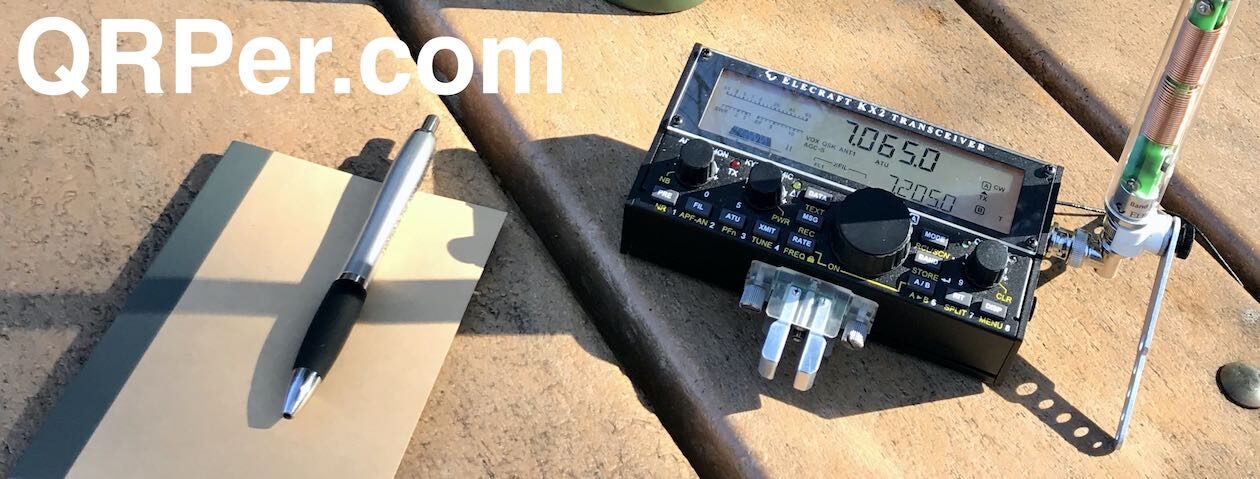 Yesterday, I posted the photo above on Twitter.
Yesterday, I posted the photo above on Twitter.
I couldn’t help it: I’m not an “Instagram Moment” kind of guy, but the fall leaf colors this year have simply been stellar. Any excuse.
Where was I? Oh yes…
Truth is, I was in the front yard practicing my loop tuning skills by hunting parks across 30, 20, and 17 meters.
The loop is the excellent Chameleon F-Loop 2.0 (which has since been replaced by Chameleon with the 3.0 version).
 I’ve used this loop a few times in the field and even once from inside a large brick community building while doing an FT8 demo.
I’ve used this loop a few times in the field and even once from inside a large brick community building while doing an FT8 demo.
Loops are a brilliant solution when you have:
- QRM from local noise sources,
- limited space to deploy an antenna,
- or need a very low-impact and small footprint antenna (very handy for those historic and archeological POTA sites).
The trade-off, of course, is that they have a high “Q”–meaning very, very narrow bandwidth. Basically, anytime you move frequency? Yeah, it’s time to re-tune.
The environment around a loop can also have a pretty significant impact on your ability to tune it as well. For example, metal support structure in a building, window frames, metal poles, vehicles–anything like this nearby can have an impact on your ability to tune a loop and obtain a low SWR.
It’s for this reason I use them so little in the field–where I live, wire antennas are so easy to deploy and use.
But sometimes loops are the perfect tool, so knowing how to efficiently and effectively use them is important.
The F-Loop packed
I thought I had posted an activation video using the F-Loop, but looking back I realize I have not.
Yesterday, I decided to pack the F-Loop in my larger Spec-Ops Brand T.H.E. Pack which can easily hold the entire loop, folding tripod, and antenna analyzer.
I always fully set up an antenna before packing it in a new pack just to make sure I’ve included all components. I used this as an excuse to improve my loop tuning skills by intentionally chasing POTA stations across the HF bands. I worked all of the stations I hunted (five, if memory serves).

Twice I obtained a brilliant match just by using my ear (listening for the HF band noise level to increase as I tuned the variable cap) and the rest of the time I turned to my RigExpert handheld analyzer to find a low SWR.
I’m looking forward to taking the F-Loop to the field soon just to see how well it performs. After my practice today, I do believe I’ll keep the antenna analyzer packed with the loop–it makes it so easy to find a good match.
I find the F-Loop a wee bit easier to tune than my W4OP loop. The W4OP loop is also a brilliant loop if you can find one–I recently gifted mine to a friend. Here’s my review from a few years ago.
I’ve used an AlexLoop once and was impressed as well. That’s another antenna I may review at some point.
Commercially-produced mag loops are pretty expensive though. I do plan to build a 20M mag loop antenna before end of year. They’re surprisingly easy to build if you have a good variable cap.
Curious how many of you regularly use mag loop antennas. If you do, what make and model? Or is your loop homebrewed? Please comment!









































